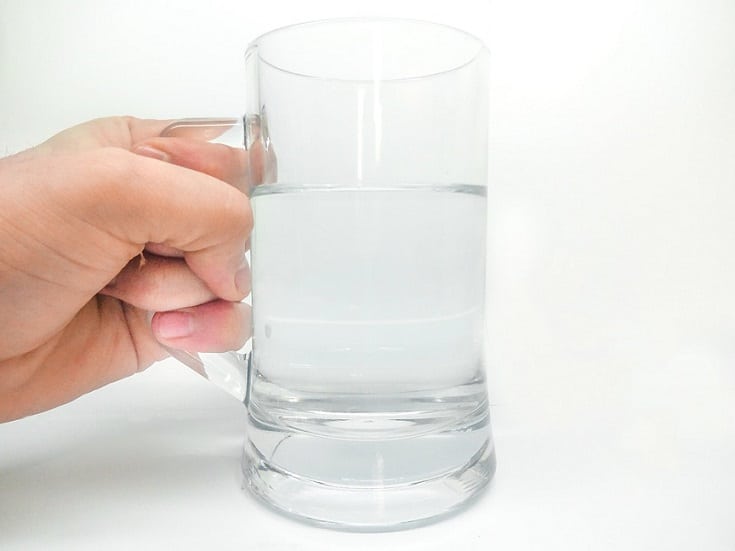The average human being is composed of approximately 70 percent water, and we make extensive use of water in our daily lives; nonetheless, the question remains: where does our water originate? I am not referring to the water that we use for drinking, which can come from the sink’s faucet, a well, or a river; rather, I am asking where our water actually originates.
Where Exactly Does Our Water Originate?
Water can be found not only inside of us but also all around us in the form of oceans, rivers, lakes, dams, and clouds; if we are fortunate, it will also be pouring out of the faucets in our homes. However, where exactly does all of this water come from? It did not suddenly materialise out of thin air.
Investigating how the universe came into existence is necessary if we are interested in learning where the water on earth came from. One second after the Big Bang, the temperature of the universe was approximately 10 billion degrees, and it was filled with a sea of neutrons, protons, electrons, anti-electrons (positrons), photons, and neutrinos, as stated by the National Aeronautics and Space Administration (NASA).
[From the NASA website]
Within a matter of minutes, a process referred to as nucleosynthesis caused the formation of the lighter elements hydrogen and helium from these fundamental atomic building blocks. After going through the process of fusion inside stars and during supernovas, these elements were then ejected from stars in the form of waves of heavier elements, including oxygen, into space, where they combined with lighter elements already present.
Now that we have molecules of hydrogen and oxygen, which are the components that make up water, we can see that the formation of these molecules alone does not produce water. In order to produce water, one needs a spark of energy in addition to two hydrogen (H) atoms, one oxygen (O) atom, and one hydrogen atom. The process by which water is formed is a violent one, and it is one that scientists have not yet been able to successfully reproduce.
The following are some hypotheses that scientists have put forward to try to explain how water was able to collect in the world’s oceans, lakes, and rivers in the first place:
1. One theory proposes that around 4 billion years ago, millions of asteroids and comets with a consistency similar to cosmic sponges and loaded with water that was released on impact slammed into the surface of the Earth, which resulted in the formation of our oceans, lakes, and rivers; 2. Another theory proposes that the water that was released on impact came from the sun.
2. There is a second theory that suggests that the earth was not pummelling with asteroids, but rather with oxygen and other heavy elements that were generated within the sun. The proponents of this hypothesis believe that the atmosphere and seas of the planet were generated from a combination of oxygen, hydrogen, and other gases that were released through a process known as degassing;
3. Researchers at the Tokyo Institute of Technology in Japan have come up with yet another theory. According to this theory, thick layers of hydrogen once covered the surface of the earth, and the oceans were created as a result of interactions between these layers and oxides found in the earth’s crust.
Then, where does the water that we drink come from? We actually don’t know the answer to that issue, but we do know that we require it and that we need to save as much water as possible so that we always have access to clean water for drinking purposes.
Living-Water London is the place to go to purchase water dispensers and water coolers for the office.






